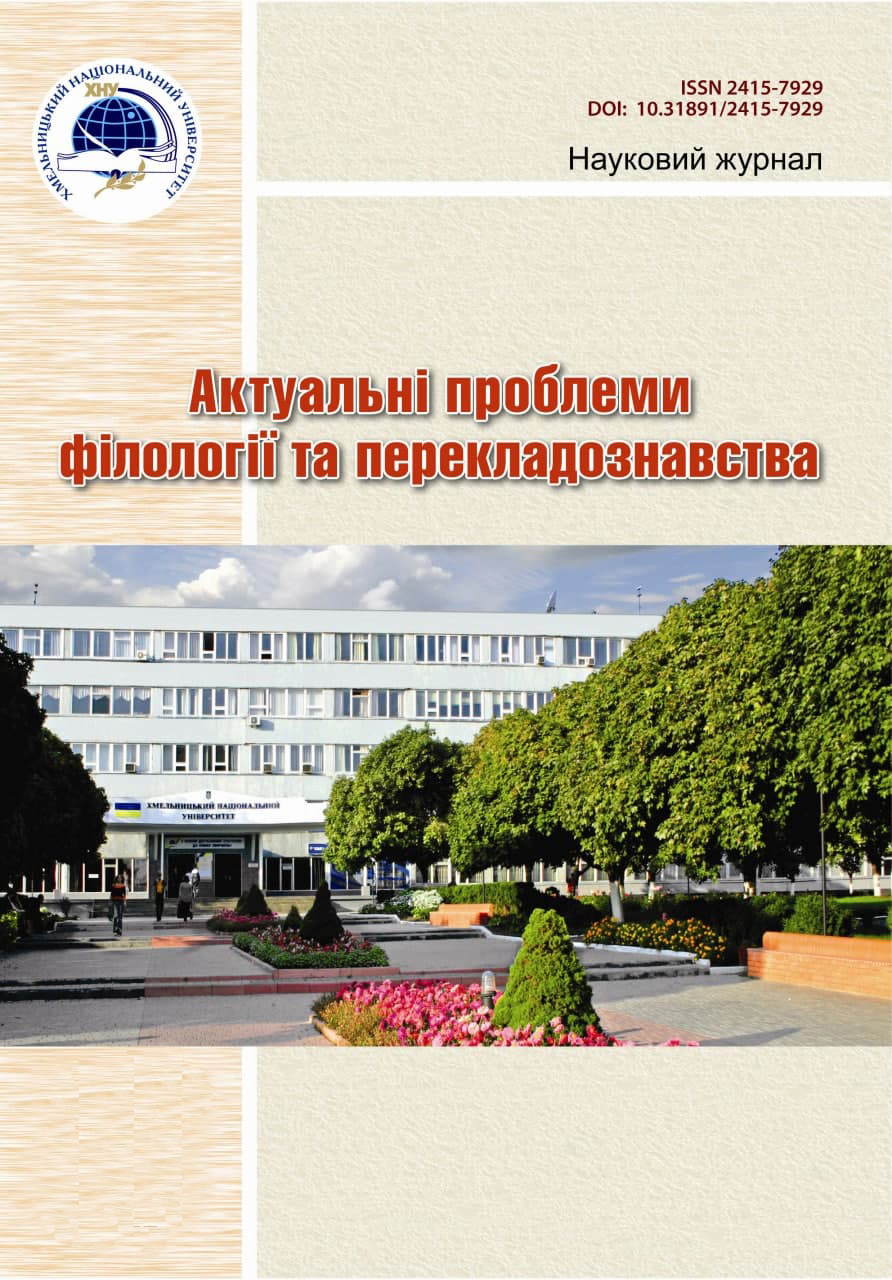THE EDUCATIONAL SPACE OF FINLAND DURING THE TIME OF BORYS GRINCHENKO THE TODAY
DOI:
https://doi.org/10.31891/2415-7929-2024-30-3Keywords:
the origins of success, Borys Grinchenko, learning in the native language, educational space of Finland, training of school teachers, textbooks «Ukrainian language and reading»Abstract
The article addresses the trends in the development of education in Finland, initially identified by Borys Grinchenko in the late 19th century in his scientific-popular publication "Finland and Sahara" (1892). It is noted that its title changed several times due to censorship pressures: "A Good People (Finns)" (1899), "Tales of a Good People (Finland)" (1912). Based on the analysis of the works of the Great Enlightener, the roots of the organizational-pedagogical aspects of Finnish education development at the present stage are traced. First, Borys Grinchenko recorded the high level of Finnish education as far back as the late 19th century, and modern researchers have confirmed the leading position of educators in the Scandinavian state in the main PISA monitoring over the last decade.
Second, the Enlightener emphasized the principle of accessibility of Finland's education system for all Finns regardless of territorial remoteness and the financial capacity of municipal entities. Currently, the tradition has evolved: Finnish schools have school taxis for the convenience of students. Borys Grinchenko's thesis is highlighted, intriguing about the Finnish law that prevented illiterate and those unfamiliar with the Holy Scripture from receiving communion or getting married. From a contemporary perspective, steps towards equalizing the educational positions of students in Finland have been noted.
Third, Borys Grinchenko's thesis about the need for education in the native language in Ukrainian primary schools has been introduced into scientific circulation. Presumably, the author drew inspiration from the example of Finland's education system, where the state and education seekers perceived the Finnish language as a factor of self-identification. Since 1917, bilingualism was officially introduced: Swedish was added to the Finnish language.
Fourth, Borys Grinchenko's thesis has been introduced into scientific discourse on the training for primary school teachers in Ukraine. At the same time, the specifics of the professional training of modern Finnish teachers based on the latest publications by Maria Shvardak have been outlined.
Fifthly, the working conditions of Maria and Borys Grinchenko in the 1880s in Ukraine, when the state was not interested in the education of the Ukrainian people, are highlighted. The material and technical support of Finnish students and educators in the 2020s, combined with an understanding of the need for education, contributed to the successes of the education sector.
An analysis of the authors' work on textbooks "Ukrainian Language and Reading" (2019, 2020) for the New Ukrainian School (NUSh), which continues the traditions of Grinchenko's direction of Ukrainian educators towards the educational space of Finland, has been conducted. Recommendations on how to involve first-graders in this direction are provided.
Thus, the enlightening works of Borys Grinchenko have enduring significance for studying the origins of Finland's educational success.
Downloads
Published
Issue
Section
License
Copyright (c) 2024 Ольга БУРКО, Настасія ІВОНЧАК (Автор)

This work is licensed under a Creative Commons Attribution-NonCommercial-NoDerivatives 4.0 International License.

